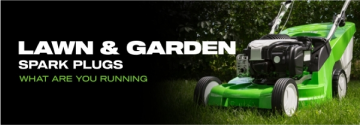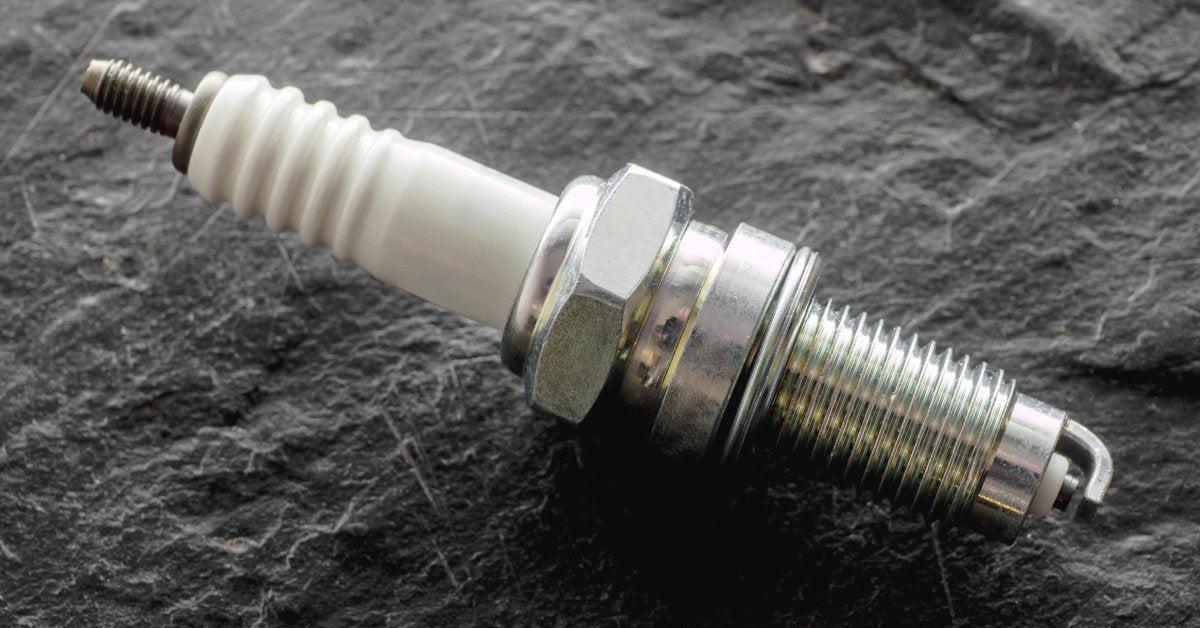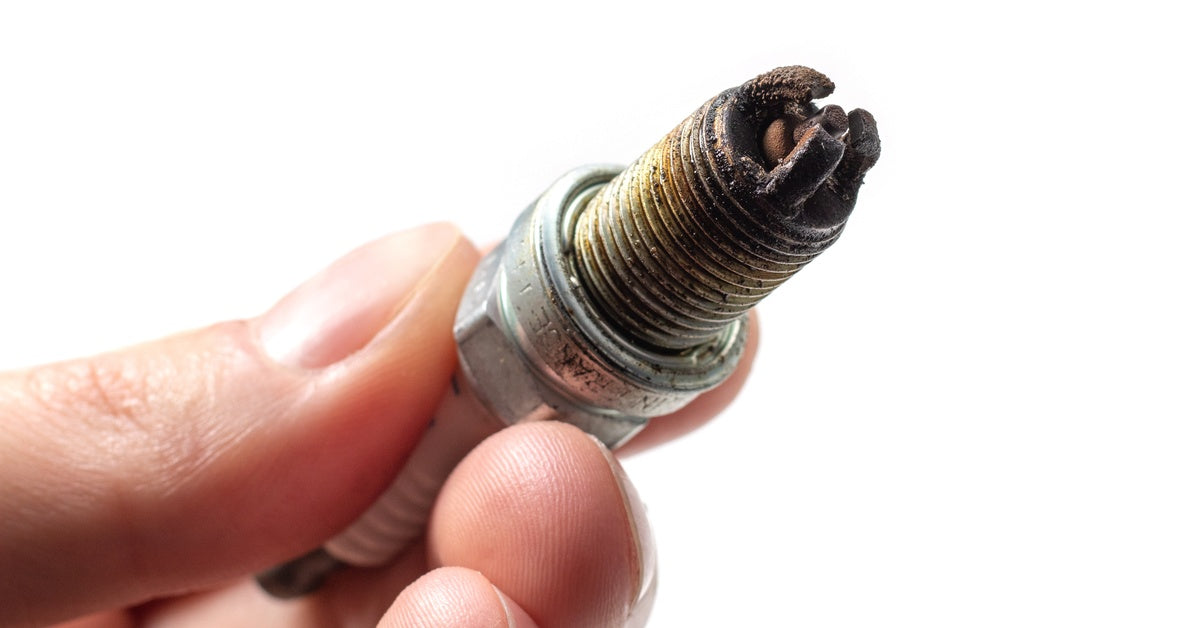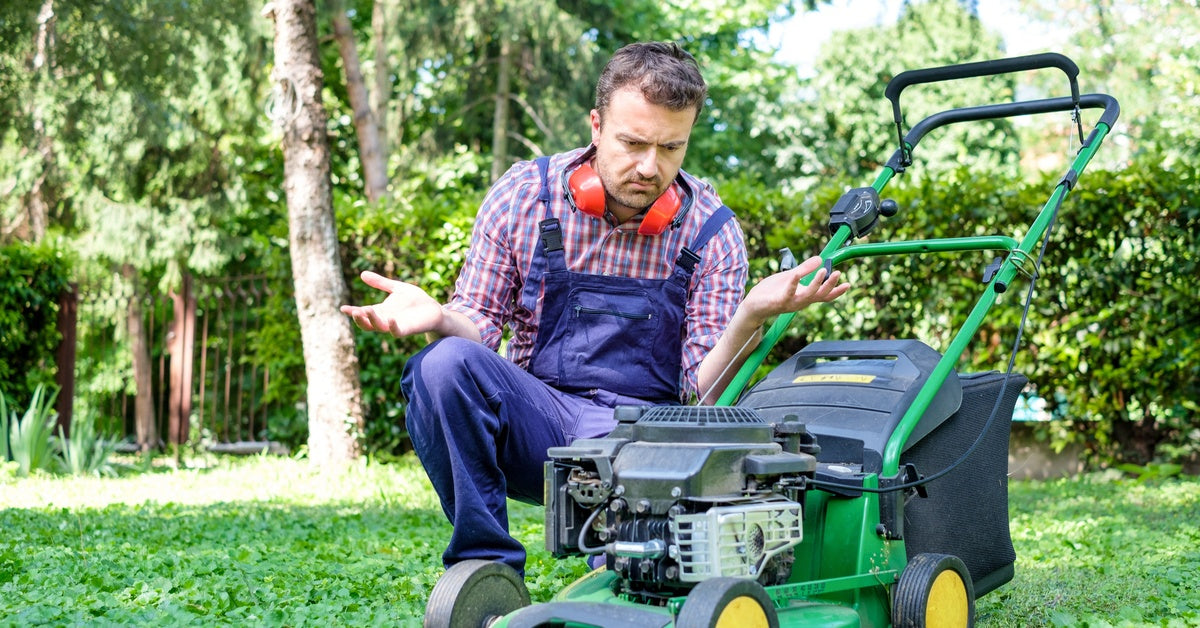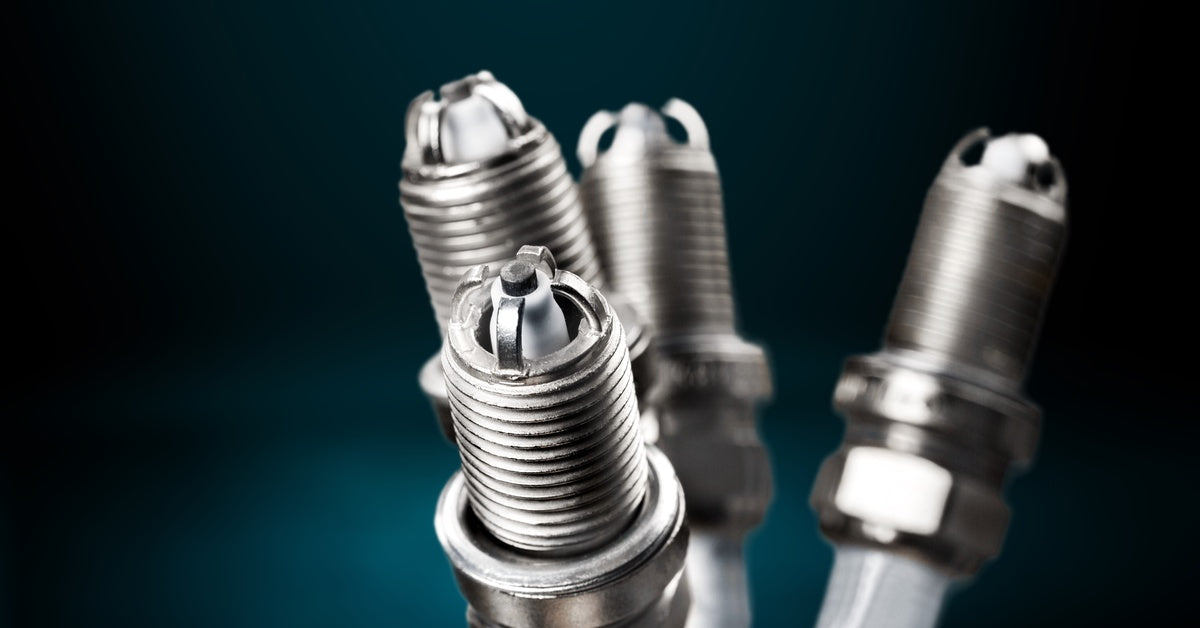
When your motorcycle isn’t running as it should, your spark plug is often the first place to look. They offer a wealth of information about your engine's health, performance, and efficiency. Learning to read your spark plug is an invaluable skill that allows you to identify potential issues to keep your bike in peak condition. This complete guide to reading a motorcycle spark plug will walk you through the steps to interpret what your spark plug is telling you.
What Is a Spark Plug and Why Does It Matter?
A spark plug is necessary for your motorcycle’s combustion process. It contributes to your engine's performance, directly impacting throttle response, fuel efficiency, and emissions. A poorly functioning spark plug can lead to misfires, reduced power, or even engine damage.
Why Reading Your Spark Plug Matters
Reading your spark plug allows you to diagnose problems without special tools. The condition of its tip, color, and deposits provides insights into your engine’s air-fuel ratio, combustion efficiency, and potential issues like oil leaks or overheating. If your motorbike spark plug isn’t in great shape, it could indicate a tuning adjustment is needed or even signal more severe mechanical issues.
Tools You’ll Need To Read a Spark Plug
Before you start, gather these tools to get the job done:
- A spark plug socket and wrench
- A clean cloth or rag
- A wire brush (for cleaning buildup, if necessary)
- A spark plug gap gauge
- Safety gloves
Invest in quality tools for reliability. Brands like E3 Spark Plugs provide durable products designed to make this part of the process easier.
Step 1: Remove the Spark Plug

Double-check that your motorcycle is off and cooled down to avoid injury. Locate the spark plug (usually under the cylinder head) and carefully remove the spark plug wire. Use a socket wrench to unscrew the spark plug. Handle the plug gently to keep the electrode intact because the slightest damage could affect your analysis.
Step 2: Inspect the Electrode
The electrode is the small metal tip at the end of the spark plug. Inspect its health and compare it to the common spark plug conditions below.
Normal Condition
A healthy spark plug will have a light gray or tan color around the electrode and insulator. This indicates the engine is operating with the correct air-fuel mixture.
Dry, Black Carbon Deposits
If you notice sooty black buildup, it could mean your engine is running too rich, which uses more fuel than necessary. This often points to issues like a clogged air filter, a faulty carburetor, or a maladjusted fuel injection system.
White, Powdery Appearance
A spark plug with a white or blistered appearance suggests the engine is running too lean. This common issue occurs when there isn’t enough fuel in the mixture. It can overheat your engine or potentially damage it.
Oily Residue
If there’s oil on your spark plug, you might have an oil leak. Worn piston rings or valve seals could cause this, allowing oil to seep into the combustion chamber.
Step 3: Check the Spark Plug Gap
The gap between the spark plug electrodes should match the specifications listed in your bike’s manual. Use a gap gauge to measure the distance. If the gap is too wide or narrow, adjust it until it’s correct. Proper gapping contributes to a consistent, strong spark, generating efficient combustion.
Step 4: Compare Deposits to Performance
While inspecting your spark plug, pay attention to any deposits. A spark plug with excess carbon or wear can perform sluggishly and have poor fuel economy. Cleaning or replacing it will restore optimal engine function. With advanced options from E3 Spark Plugs’ DiamondFIRE technology, you’ll experience reliable combustion due to our unique open-ground electrode design.
Step 5: Replace or Clean the Spark Plug

If your spark plug is still in good condition, clean it with a wire brush to remove deposits before reinstalling. Use a small amount of anti-seize lubricant on the threads for easy removal in the future. If the plug shows excessive wear, replace it with a new one. Refer to your manufacturer’s recommendations for the correct replacement part.
Step 6: Test the Engine
Reinstall the spark plug and reconnect the plug wire. Start your motorcycle and evaluate how it runs. Smooth engine performance and quick throttle response suggest that the spark plug and engine adjustments were successful. Look out for unusual engine noises or vibrations while idling. Take the bike for a short ride to test acceleration and performance.
Common Spark Plug Issues and Their Solutions
Misfires or poor acceleration often happen when a spark plug is worn or fouled. To fix this issue, you should clean or replace the spark plug to restore proper performance. On the other hand, engine knock or unusual noises are typically caused by an incorrect spark plug gap or a lean air-fuel mixture.
You can resolve this by adjusting the gap and checking your carburetor or fuel injection settings. If you’re having difficulty starting your engine, the culprit is likely a weak spark caused by a faulty spark plug. In this case, replacing the spark plug with a compatible option will usually solve the problem. Keeping your spark plugs in good condition will help your bike drive as it should.
Maintaining Your Spark Plug
Inspect your spark plug every 6,000 to 8,000 miles, depending on your motorcycle's usage and manufacturer guidelines. Keep your motorcycle's plugs in top condition by focusing on your driving habits. Avoid prolonged idling to prevent carbon buildup that reduces spark plug efficiency. Always use the recommended fuel grade and high-quality oil for clean combustion. Additionally, drive at optimal RPMs to avoid fouling the plugs at low speeds or overheating them at high speeds.
Final Thoughts on Reading a Spark Plug
Understanding how your spark plug works is something every driver benefits from knowing. It allows you to quickly diagnose and fix performance issues by inspecting the electrode, deposits, and plug gap. You also gain knowledge of high-quality tools and components that enhance reliability and a longer lifespan for your bike.
This complete guide to reading a motorcycle spark plug will give you the confidence to decode what your engine is telling you. Regular maintenance and awareness protect your bike and keep its performance top-notch. For reliable spark plugs that optimize combustion for stronger motorcycle performance, check out E3 Spark Plugs.


